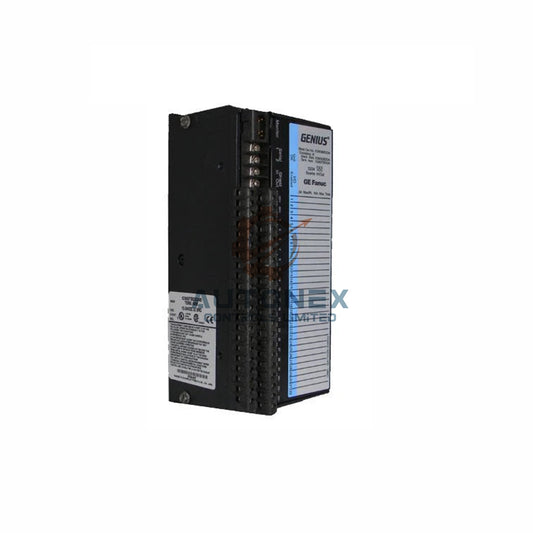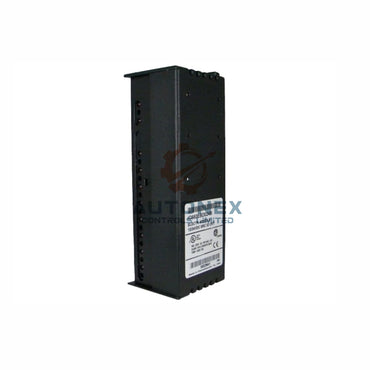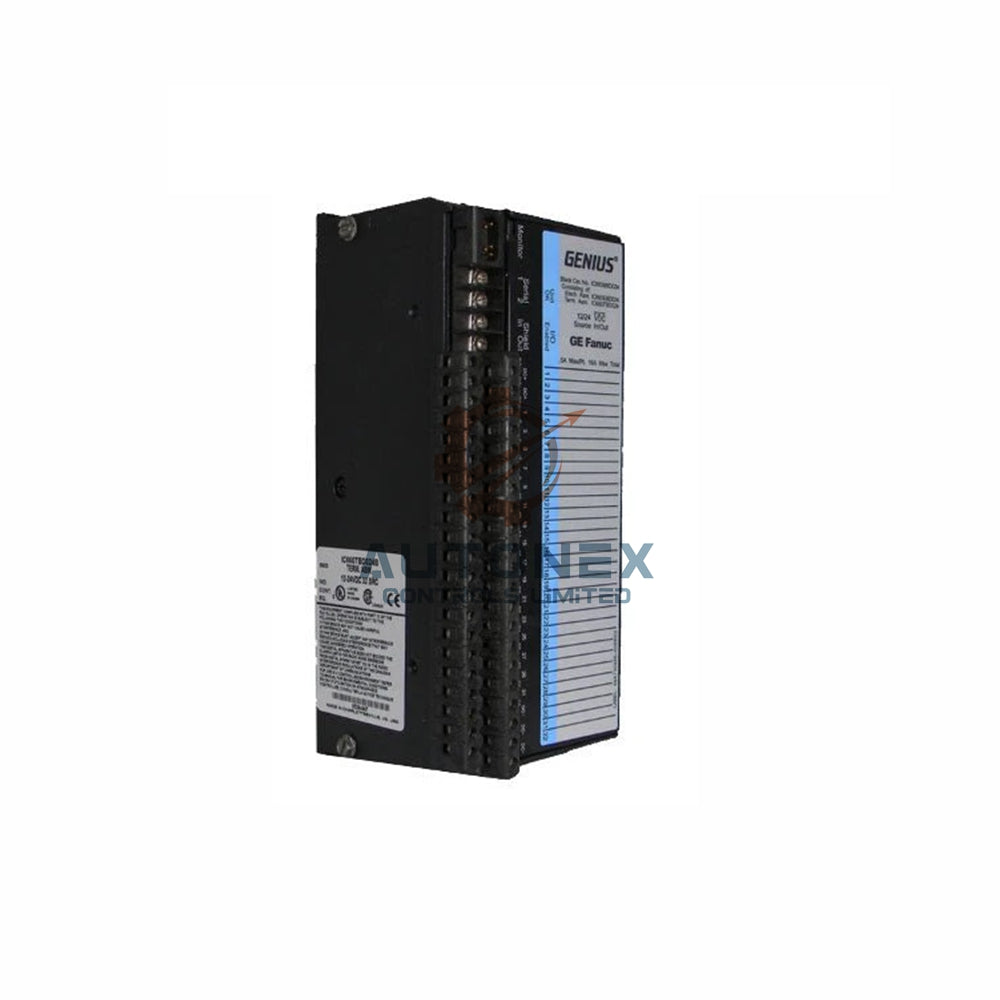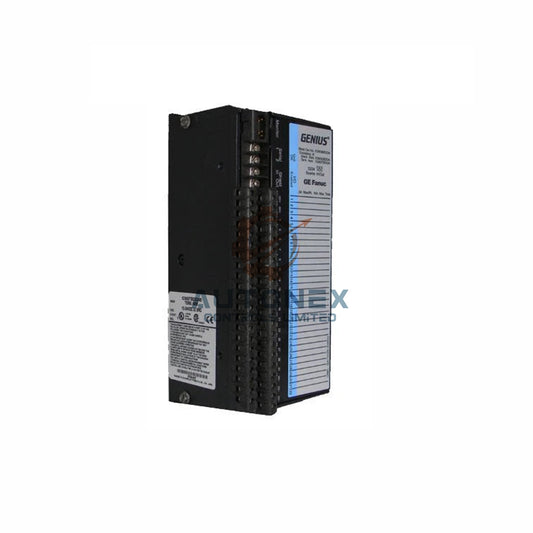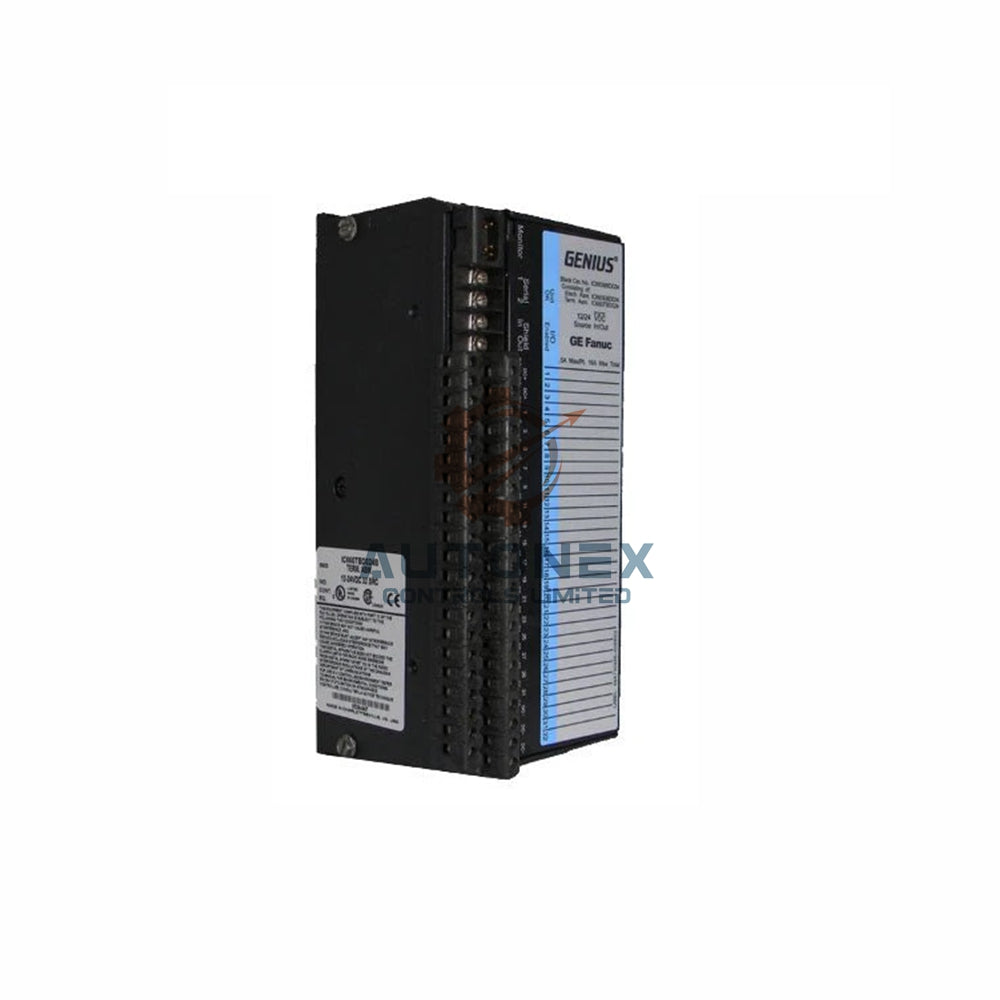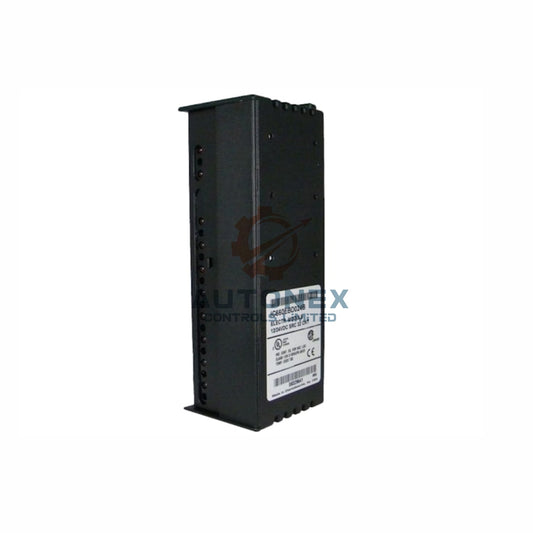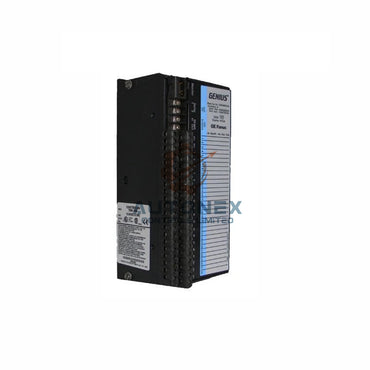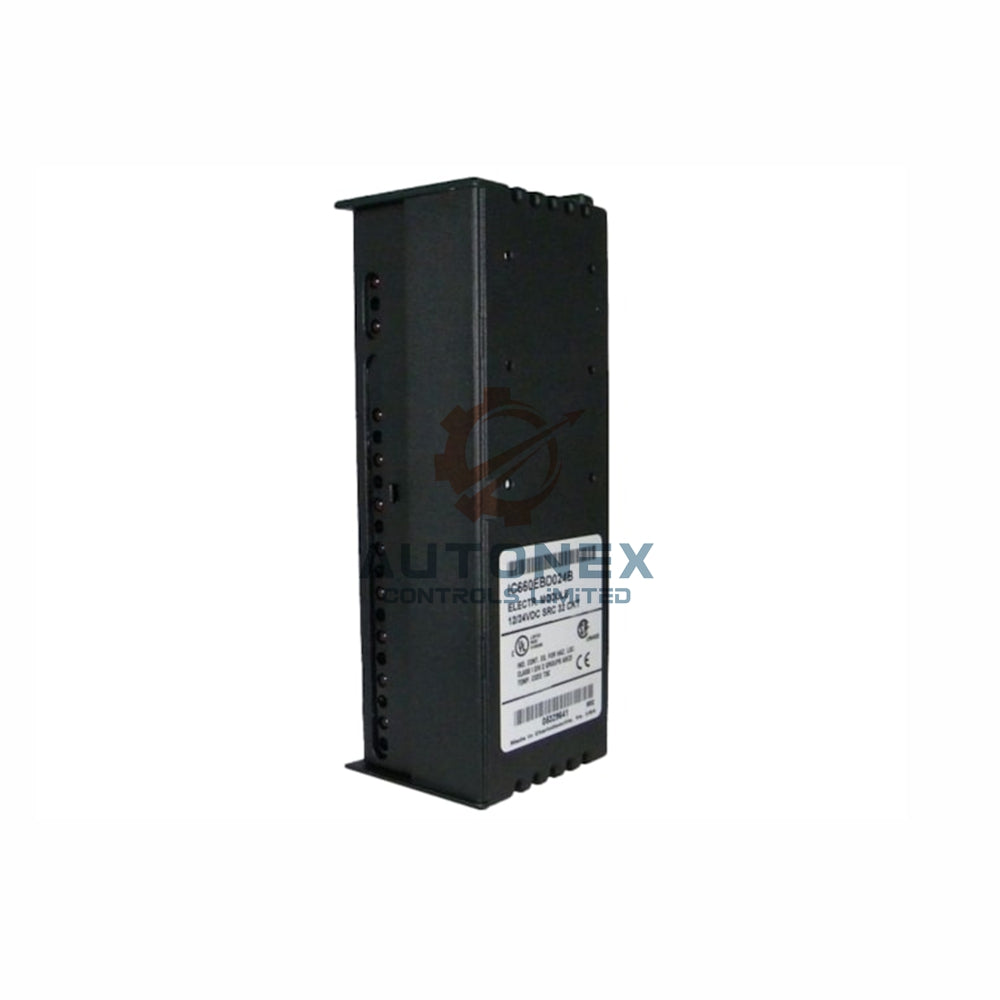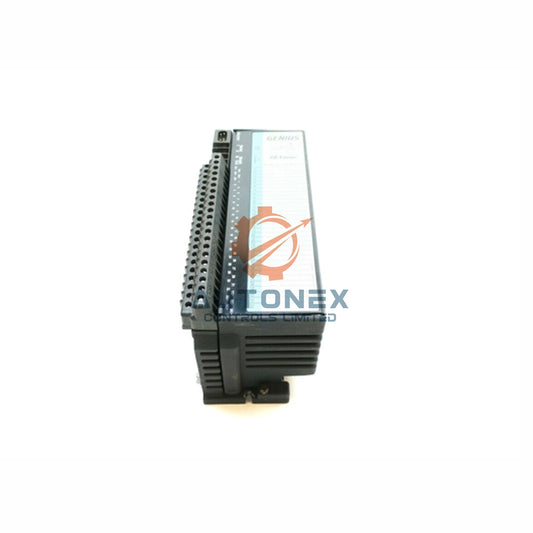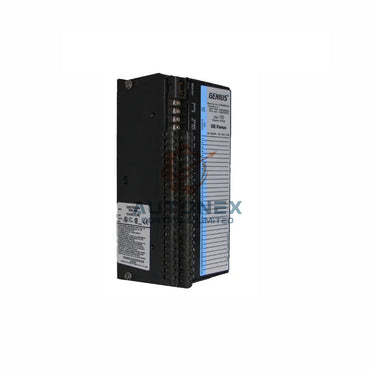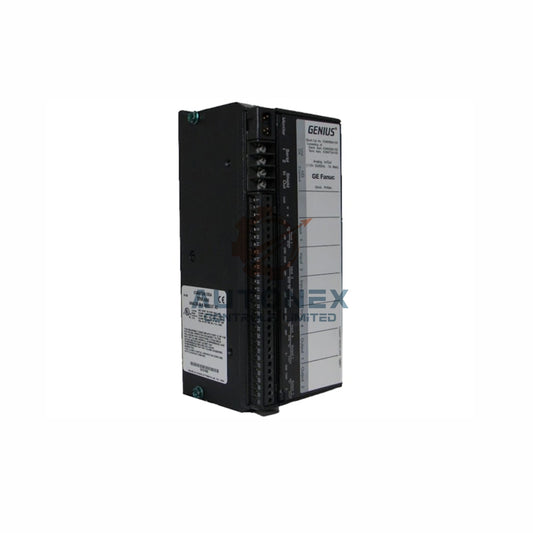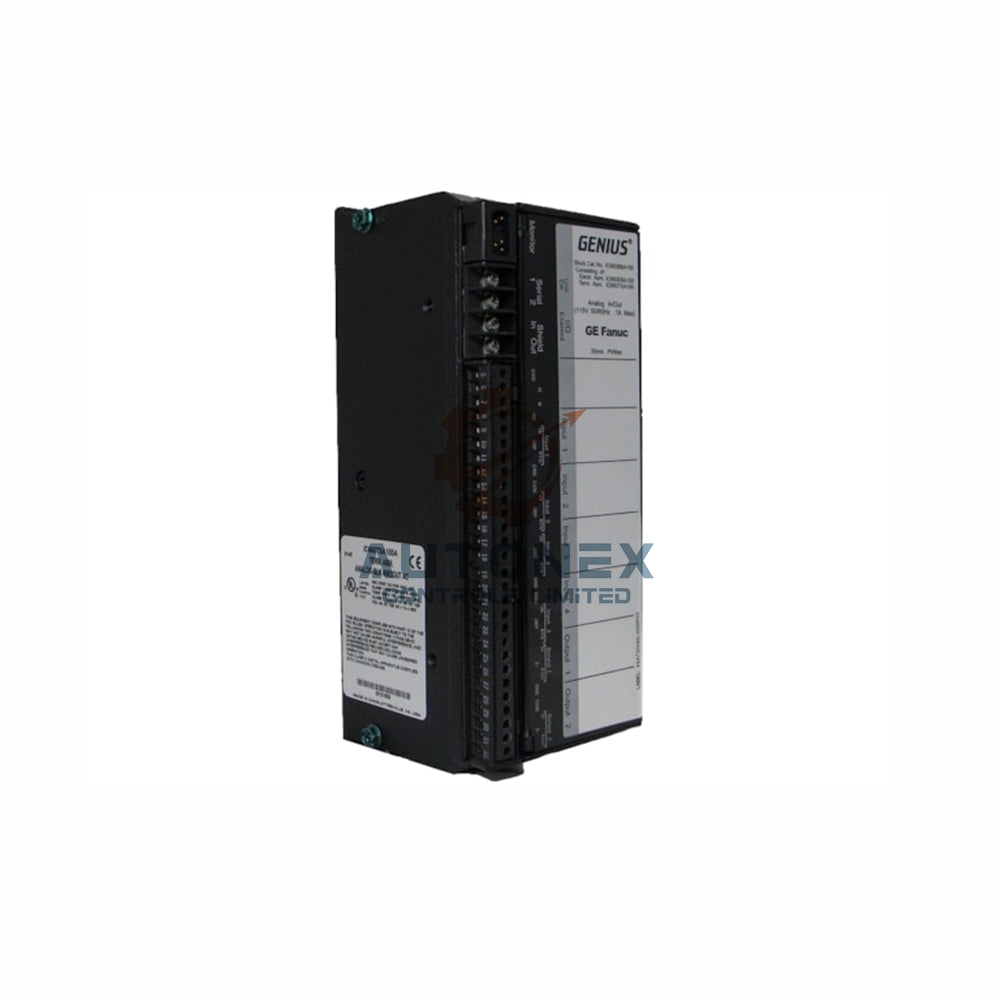Connecting PLCs to the Industrial IoT: The Backbone of Smart Factories
The fourth industrial revolution, Industry 4.0, is reshaping manufacturing. Consequently, traditional factories are becoming intelligent, data-driven environments. This transformation is powered by the Industrial Internet of Things (IIoT), which connects machines and sensors into a cohesive, smart network. Programmable Logic Controllers (PLCs), the longstanding workhorses of industrial automation, are now evolving into critical data hubs within this new ecosystem. This article explores the integration of PLCs into the IIoT and their expanding role in modern industrial operations.
What Are Industry 4.0 and the IIoT?
Industry 4.0 marks a new era of digital manufacturing. It merges cyber-physical systems, the Internet of Things, and cloud computing. The IIoT is a key component, linking physical equipment to digital networks. This connectivity allows for autonomous decision-making, enhanced operational visibility, and predictive analytics. Therefore, factories can achieve unprecedented levels of efficiency and productivity.
The Enduring Importance of PLCs
PLCs remain fundamental to industrial control systems. They were originally developed to replace cumbersome relay banks. Today, they manage complex sequences and processes with high reliability. Their rugged design ensures consistent performance in harsh plant conditions. However, their function is no longer limited to simple control tasks.
Modern PLCs: Gateways to the IIoT
The modern PLC is a connected device. It acts as a gateway, bridging the physical operation of machinery with the digital IIoT network. Here is how this integration works in practice.

Key Connectivity and Communication Protocols
Modern PLCs support advanced industrial Ethernet protocols. These include OPC UA, EtherNet/IP, and Modbus TCP/IP. Such standards enable seamless data exchange with SCADA systems, HMIs, and cloud platforms. This real-time communication is the foundation of a responsive smart factory.
Data Acquisition and Real-Time Analytics
PLCs continuously gather vast amounts of operational data. This data comes from sensors monitoring temperature, vibration, pressure, and more. By analyzing this information, manufacturers can identify inefficiencies. They can also predict machine failures before they cause costly unplanned downtime.
The Critical Role of Edge Computing
In the IIoT architecture, PLCs often serve as edge devices. They process data locally, right at the source. This edge computing capability reduces latency for critical control decisions. It also minimizes the data volume sent to the cloud, optimizing bandwidth and costs.
Addressing the Cybersecurity Imperative
Increased connectivity introduces new cybersecurity risks. Protecting PLCs from unauthorized access is paramount. Manufacturers must implement robust security measures. These include network segmentation, regular firmware updates, and strong authentication protocols. A breach in a PLC can disrupt entire production lines.
Scalability for Evolving Operations
The modular design of PLC systems offers significant flexibility. Companies can easily scale their automation infrastructure up or down. This adaptability is crucial for businesses looking to expand or reconfigure their production lines without a complete system overhaul.
Tangible Benefits for Smart Manufacturers
Integrating PLCs into the IIoT delivers clear, measurable advantages.
- Boosted Operational Efficiency: Real-time data enables fine-tuning of processes, reducing waste and energy consumption.
- Proactive Predictive Maintenance: Manufacturers can service equipment based on actual need, not a fixed schedule, extending asset life.
- Informed Decision-Making: Managers gain deep insights into production metrics, supporting smarter strategic choices.
- Significant Cost Reduction: Lower downtime, better resource use, and improved maintenance all contribute to a healthier bottom line.
The Future of PLCs in Automation
The evolution of PLCs is far from over. We anticipate deeper integration with AI and machine learning algorithms. This will enable even more sophisticated predictive control and self-optimizing processes. Furthermore, cloud-native PLC configurations are emerging, offering greater remote management capabilities. At Balaji Switchgears, we provide future-ready PLC solutions that help our clients stay competitive in this dynamic landscape.
Practical Application Scenario
Consider a bottling plant. IIoT-connected PLCs monitor fill levels, cap placement, and conveyor speed. If a sensor detects a trend toward misaligned caps, the PLC can alert operators. It can even adjust the capping machine parameters in real-time to prevent a major quality issue. This is the power of a connected PLC in action.

Conclusion
PLCs are no longer isolated controllers. They have become intelligent nodes in the vast IIoT network. This transformation is central to the success of Industry 4.0. By embracing connected PLCs, manufacturers unlock new levels of efficiency, agility, and intelligence, securing their place in the future of manufacturing.
Frequently Asked Questions (FAQs)
1. How does a PLC differ from a DCS?
A PLC is typically used for discrete, high-speed control of individual machines or production lines. A Distributed Control System (DCS) is designed for complex, process-oriented applications across a large plant, like in oil refineries. The lines between them are blurring with modern technology.
2. What is the most important factor when connecting a PLC to the IIoT?
Security is paramount. Before adding any connectivity, ensure the PLC and its network are protected with firewalls, secure passwords, and updated firmware to prevent cyber-attacks.
3. Can older, legacy PLCs be integrated into an IIoT system?
Yes, often through the use of protocol converters or industrial gateways. These devices can "translate" data from legacy PLC protocols into modern, IIoT-compatible formats like OPC UA or MQTT.
4. What role does OPC UA play in PLC communication?
OPC UA is a key interoperability standard. It provides a secure and reliable framework for different devices and software applications, from PLCs to cloud platforms, to exchange data seamlessly.
5. How does edge computing with a PLC improve operations?
By processing data locally, the PLC can make immediate control decisions without waiting for a round trip to the cloud. This reduces latency, ensures operational continuity even if the network connection is lost, and optimizes bandwidth usage.
Check below popular items for more information in Autonexcontrol
| 22B-V6P0N104 | 22B-A5P0F104 | 22B-A8P0N104 |
| 22B-B012F104 | 22B-A5P0N104 | 22B-B8P0H204 |
| 22B-B012N104 | 22B-B017C104 | 22B-D017H204 |
| 22B-B8P0C104 | 22B-B8P0F104 | 22B-D024H204 |
| 22B-D017F104 | 22B-D024F104 | 22B-D024N104 |


